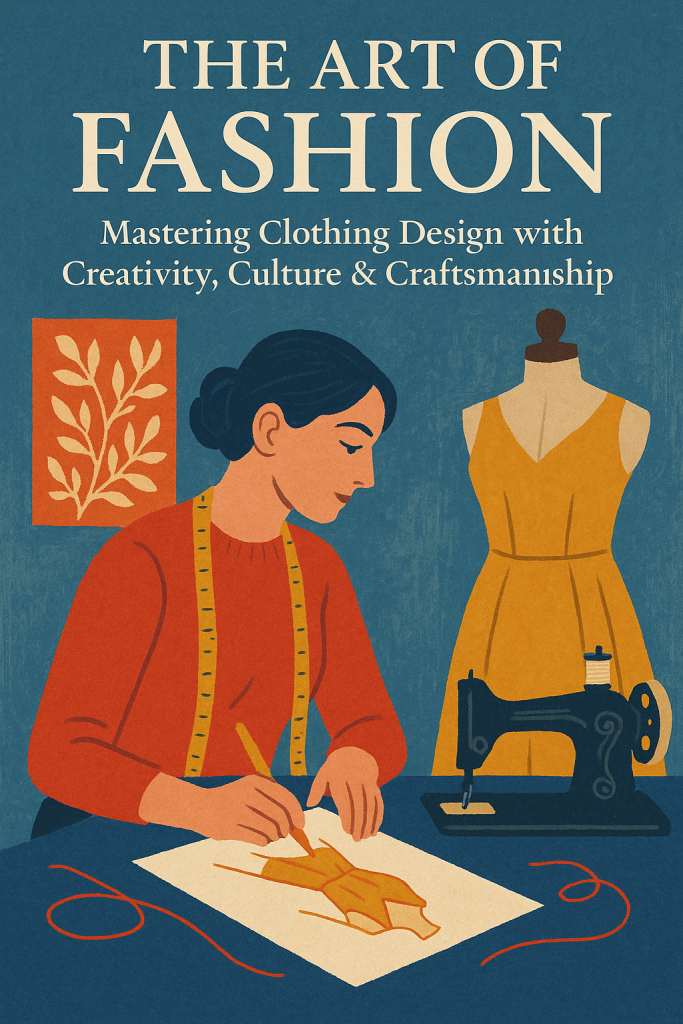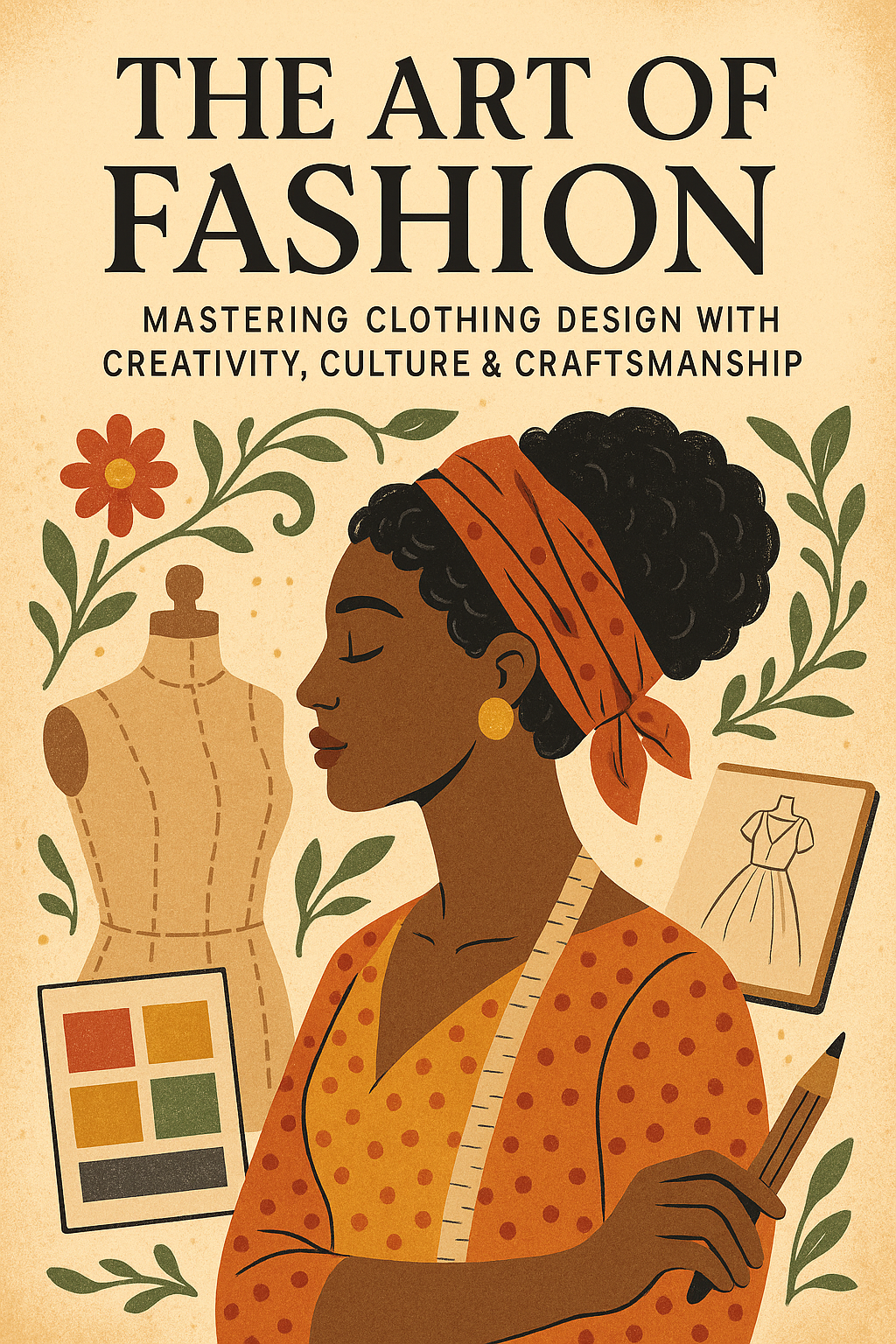The Art of Fashion: Mastering Clothing Design with Creativity, Culture & Craftsmanship
Clothing design is far more than just fabric and thread—it’s a form of art that combines creativity, culture, and innovation to shape how we present ourselves to the world. From the elegance of high fashion to the functionality of streetwear, clothing design tells stories, preserves traditions, and reflects identity.

Understanding the Essence of Clothing Design
At its core, clothing design involves the process of conceptualizing, sketching, and crafting garments that serve a purpose—whether to protect, express, or impress. Designers fuse artistry with practicality, balancing aesthetic appeal with functionality, comfort, and trend relevance.
Modern clothing design requires:
- Strong imagination and visual storytelling
- Technical knowledge of fabrics, textures, and cuts
- Understanding of market trends and consumer psychology
- Cultural sensitivity and inspiration
Creativity: The Heartbeat of Design
Every iconic outfit begins as a simple idea. Whether inspired by nature, architecture, or emotion, designers use their creative lens to visualize something new. Sketches become blueprints, colors spark mood boards, and inspiration transforms into wearable reality.
Great designers often explore:
- Abstract silhouettes
- Bold color palettes
- Fusion of traditional and modern styles
- Sustainable or recycled materials for an eco-conscious impact
Culture and Identity in Design
Clothing is one of the oldest tools humans have used to convey cultural identity. From intricate handwoven Indian sarees to the minimalist chic of Scandinavian fashion, clothing design reflects the soul of a community.
Designers increasingly integrate traditional elements like:
- Tribal patterns
- Embroidery and handloom textiles
- Local dyeing techniques
- Historical dress structures
By doing so, they not only preserve heritage but also reimagine it for new generations.
The Role of Craftsmanship
No design can shine without expert craftsmanship. The stitching, tailoring, draping, and embellishment must be precise and elegant. Whether it’s hand-beading on a bridal gown or cutting-edge laser-cut fashion, craftsmanship adds the finishing touch.
Attention to detail separates a good design from a great one.
Technology’s Influence on Fashion Design
Modern clothing design is not just confined to sketchbooks and sewing machines. It’s now deeply influenced by technology:
- 3D modeling for faster prototyping
- AI-generated fashion designs
- Smart textiles that react to body heat or sunlight
- Digital fashion in the metaverse
Designers are now blending digital innovation with physical creativity for a truly futuristic experience.
Sustainability: Designing with a Conscience
Today’s fashion designers are expected to think beyond aesthetics. Sustainability is a key pillar. Eco-friendly clothing design involves:
- Using organic or biodegradable fabrics
- Reducing water and energy waste in production
- Creating timeless pieces instead of fast fashion
- Promoting recycling and upcycling
Fashion with a conscience is not just a trend—it’s a responsibility.
Career Scope in Clothing Design
Clothing design is a growing industry with vast opportunities:
- Fashion Designer (menswear, womenswear, kidswear)
- Textile Designer
- Costume Designer (film, theatre)
- Pattern Maker
- Fashion Illustrator
- Fashion Entrepreneur
With the right training, portfolio, and passion, one can carve a successful path in this creative field.
Clothing design is more than putting together fabrics—it’s storytelling through style, emotion woven into seams, and culture stitched into silhouettes. Whether you’re an aspiring designer or just someone who admires fashion, remember that behind every piece of clothing lies a world of thought, history, and creativity.














Post Comment